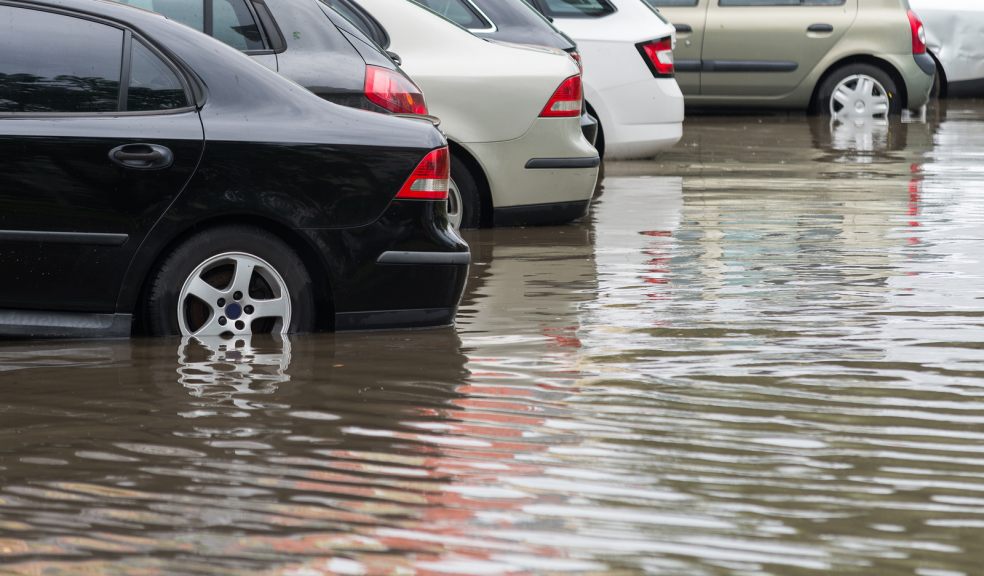
How to Prepare Your Business for a Flood
Cornwall is no stranger to floods. They occur annually, and have hit towns across the county. Extra rainwater has flooded into homes and businesses alike, destroying property, memories, and even putting people at risk. How your business responds to a flood determines how much money you lose in damages, and how well you protect your customers and your employees. Every business that is at risk of flooding needs a proper flood plan in place just in case the worse does occur. Here are some of the key highlights that your business’ flood plan needs:
1. Insurance
If you are in an area that frequently experiences floods – even if the last flood hasn’t been for a few years – you need insurance. There are options available for high flood-risk areas so that you can get the money back to repair your property. If you have upgrades or work on the property, instruct a surveyor to fill out a Property Flood Protection Flood Risk Report this will help you can get a discount on your insurance. Once you have insurance, you can then work out a set of procedures to help you reduce damage should the floods arrive.
2. Relocating Stock Procedures
Once your area has been flagged with a flood warning, you should aim to relocate your stock to reduce the impact to your business. Set up a plan of action and a set of procedures beforehand so that you and your employees can work quickly and effectively. Relocate the products that are on lower shelves or on the floor so that they are higher up or stored away until the flood warning lowers.
3. Protect Electronics
While relocating stock is a good precaution that does not have to hinder your business, protecting your electronics is different. You need to work fast and be cautious so that you can turn off and unplug all electronics before the water starts to flood your property. A good precaution is to turn off, unplug, and move all wires to a safe location every time you close so that if a flood occurs during the night, you know that your electronics are protected and nothing is getting damaged.
4. Have Flood-Preventing Equipment on Hand
Every business that is in a flood-risk area should have adequate flood equipment like a drainage pump and a flood barricade. Sandbags are only a short-term solution, as they leak and water will still seep through them. For areas that see floods regularly, consider investing in a more reliable solution which are widely available and cost effective.
5. Post Flood Clean-Up
When the waters finally recede, you will want to get back up and running as fast as possible. There are a number of fast response flood cleaning businesses like CleanSafe Services who can deal with flooded premises and get your business open and making money again. Having a company’s details ready as a precaution can save time and be more effective after the flood has lowered.
Sadly, you cannot stop a flood from happening, but you can be prepared for when it does happen. Having insurance, a flood plan, and a post-flood clean-up plan will save you time and stress if the worse situation does happen.

















